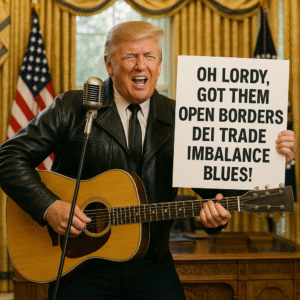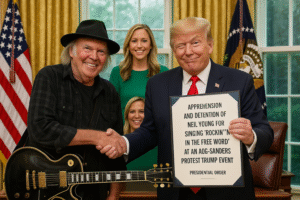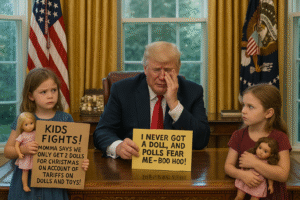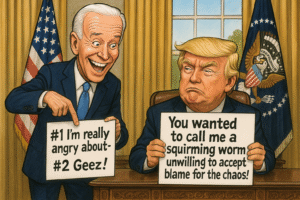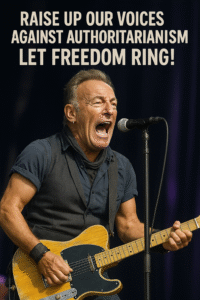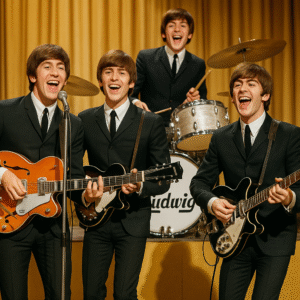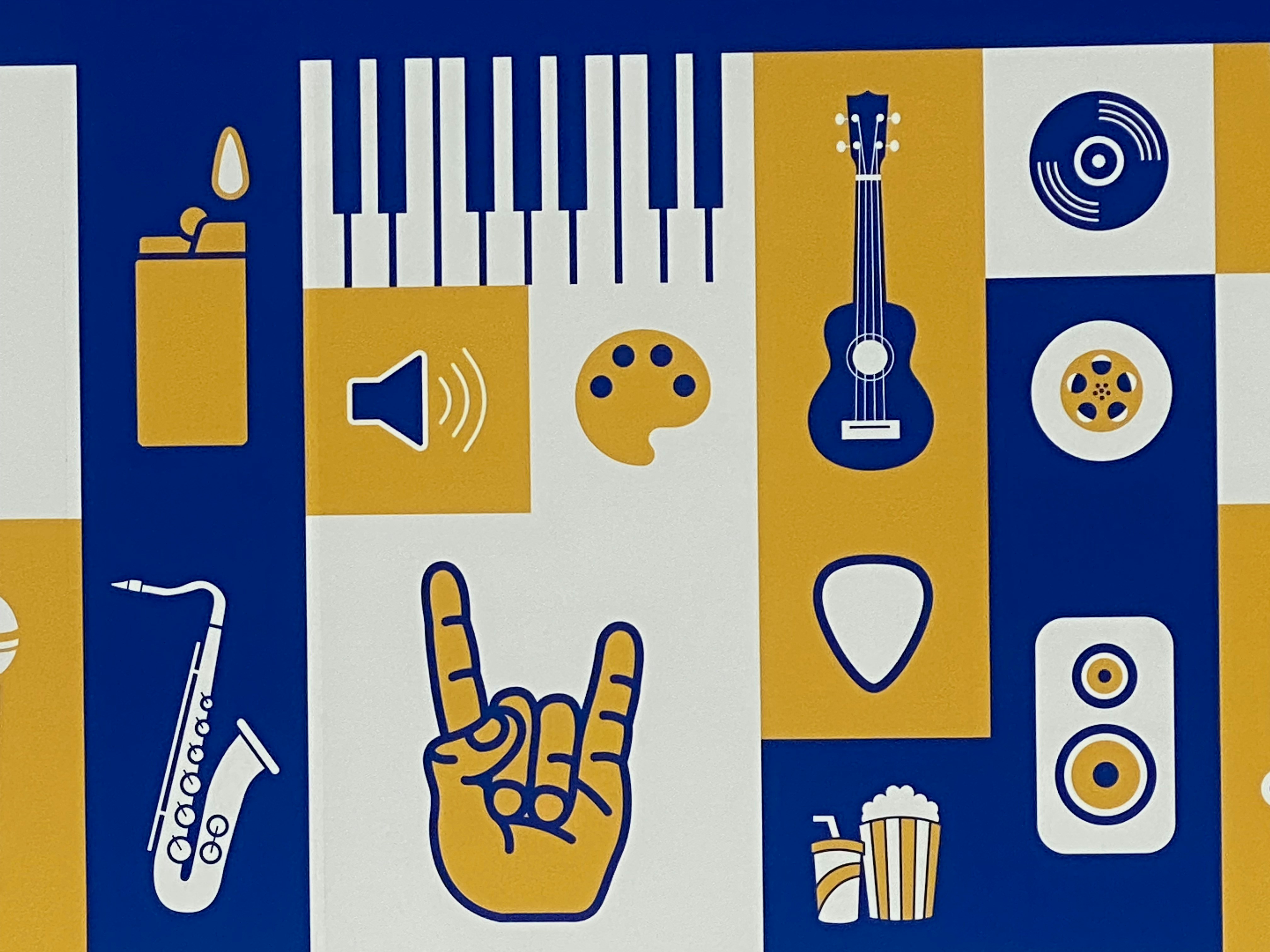 GUILTY by ASSOCIATION with a Notorious Devil Hearted Child Predator and Trafficker! WE say Innocent- Besides our 8-year site was recently ICED- We Hope to keep our new exciting site ALIVE & KICKING, please!!! Trump has ‘100% Innocent’
GUILTY by ASSOCIATION with a Notorious Devil Hearted Child Predator and Trafficker! WE say Innocent- Besides our 8-year site was recently ICED- We Hope to keep our new exciting site ALIVE & KICKING, please!!! Trump has ‘100% Innocent’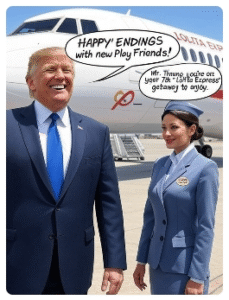 Witchy hunts, right?
Witchy hunts, right?

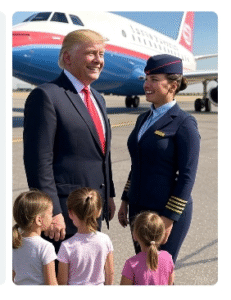


Key Points
- Research suggests Trump and Epstein had a close relationship for about 15 years, socializing frequently at events and flying together, with flight logs showing at least seven flights.
- It seems likely there are multiple photos of them together from at least four occasions, including Trump’s 1993 wedding and events in 1997 and 2000.
- The evidence leans toward no proven allegations of Trump being involved with Epstein’s underage girls, though there are unproven claims, which remain controversial.
- Trump’s comments on Epstein evolved from praise in 2002 to distancing himself after Epstein’s legal troubles, adding to the complexity of their public narrative.
Relationship OverviewTrump and Epstein were friends for approximately 15 years, from the late 1980s to around 2004, often socializing in Palm Beach and New York. They attended parties together, with notable instances at Mar-a-Lago, and flight logs confirm Trump flew on Epstein’s jet at least seven times between 1993 and 1997. Their relationship ended over a business deal in 2004.Photos TogetherThere are photos from at least four occasions: Trump’s 1993 wedding to Marla Maples, 1997 at Mar-a-Lago, 1997 at a Victoria’s Secret Angels event, and 2000 at Mar-a-Lago with Melania Trump and Ghislaine Maxwell. Additional footage from a 1999 Victoria’s Secret fashion event also shows them together.Claims Involving Underage GirlsWhile there are allegations, such as a 2016 lawsuit claiming Trump and Epstein raped a 13-year-old (later dropped without trial), and testimony from a Maxwell accuser mentioning meeting Trump at 14, no credible evidence links Trump to Epstein’s criminal activities with minors. These claims remain unproven and controversial.Trump’s CommentsIn 2002, Trump called Epstein a “terrific guy” who likes women “on the younger side.” After Epstein’s 2019 arrest, Trump distanced himself, saying he wasn’t a fan and hadn’t spoken to him in 15 years, reflecting a shift in public stance.
Survey Note: Detailed Analysis of Trump and Epstein’s RelationshipThis survey note provides a comprehensive examination of the relationship between former President Donald Trump and convicted sex offender Jeffrey Epstein, focusing on the frequency of their interactions, photographic evidence, claims involving underage girls, and Trump’s public comments. The analysis is grounded in recent reports and archival data, reflecting the state of knowledge as of July 23, 2025.Historical Context and Frequency of InteractionsResearch indicates that Trump and Epstein maintained a close social relationship spanning approximately 15 years, from the late 1980s to around 2004. This period saw them frequenting the same social circles in Palm Beach, Florida, and Manhattan, New York, often attending high-profile events together. A key indicator of their interaction frequency is flight log data, which shows Trump flew on Epstein’s private jet at least seven times between 1993 and 1997. Specific flights include four in 1993, one in 1994 (with then-wife Marla Maples, daughter Tiffany, and a nanny, stopping at Ronald Reagan Washington National Airport), one in 1995, and one in 1997, all typically between Palm Beach and New York City airports (People.com, Miami Herald). Beyond flights, they were known to socialize at Trump’s Mar-a-Lago club, with reports of a 1992 “calendar girl” competition where only Trump and Epstein were present among the guests, highlighting their close association
. Their relationship reportedly ended in 2004 over a business deal for a Palm Beach property, Maison de l’Amitie, after which they became rivals
.Photographic Evidence Photographic evidence underscores their public association, with images captured at multiple events. Notable instances include:
- 1993: Trump’s wedding to Marla Maples, where Epstein’s attendance was confirmed by newly uncovered photos, previously not widely known
.
- 1997: Photos from Mar-a-Lago and a Victoria’s Secret Angels event in New York, with specific dates including April 9 and April 28, 1997 (The Guardian, Getty Images).
- 1999: Footage from a Victoria’s Secret fashion event shows them laughing and chatting, adding to visual documentation
.
- 2000: A photo at Mar-a-Lago with Trump, Melania, Epstein, and Ghislaine Maxwell, dated February 12, 2000
.
Getty Images lists collections with 329 and 199 photos tagged with both names, likely including multiple shots from these events, but distinct occasions number at least four, with potential for additional undocumented photos. Claims Involving Underage Girls The relationship has been marred by allegations, though none have been substantiated with credible evidence. A significant claim is a 2016 lawsuit by “Katie Johnson,” alleging Trump and Epstein raped her at 13 in 1994 at Epstein’s Manhattan residence, accompanied by threats. This suit was dismissed in California in May 2016, refiled in New York in June, and dropped in November, with no trial, and Trump’s team called it a “fabrication” (Politico, Snopes). Another claim involves Johanna Sjoberg’s testimony in the Maxwell trial, recalling a 2001 flight where Virginia Giuffre, then underage, was present, visiting a Trump casino in Atlantic City, but Sjoberg clarified no massage was given to Trump
. Stacey Williams alleged Trump groped her in 1993 after Epstein’s introduction, but she was not underage
. A former casino boss claimed in 2025 that Trump and Epstein brought underage women (under 21) to Trump Plaza in the late 1980s, identified as 19, but this pertains to casino laws, not sexual misconduct
. Overall, these claims remain unproven, fueling controversy, with no photographic or documentary evidence linking Trump to Epstein’s criminal acts with minors. Trump’s Public Comments Trump’s comments on Epstein have evolved, reflecting their changing relationship. In a 2002 New York Magazine interview, he stated, “I’ve known Jeff for fifteen years. Terrific guy. He’s a lot of fun to be with. It is even said that he likes beautiful women as much as I do, and many of them are on the younger side”
Key Points
- Research suggests Trump and Epstein had a close relationship for about 15 years, socializing frequently at events and flying together, with flight logs showing at least seven flights.
- It seems likely there are multiple photos of them together from at least four occasions, including Trump’s 1993 wedding and events in 1997 and 2000.
- The evidence leans toward no proven allegations of Trump being involved with Epstein’s underage girls, though there are unproven claims, which remain controversial.
- Trump’s comments on Epstein evolved from praise in 2002 to distancing himself after Epstein’s legal troubles, adding to the complexity of their public narrative.
Relationship Overview Trump and Epstein were friends for approximately 15 years, from the late 1980s to around 2004, often socializing in Palm Beach and New York. They attended parties together, with notable instances at Mar-a-Lago, and flight logs confirm Trump flew on Epstein’s jet at least seven times between 1993 and 1997. Their relationship ended over a business deal in 2004.Photos Together There are photos from at least four occasions: Trump’s 1993 wedding to Marla Maples, 1997 at Mar-a-Lago, 1997 at a Victoria’s Secret Angels event, and 2000 at Mar-a-Lago with Melania Trump and Ghislaine Maxwell. Additional footage from a 1999 Victoria’s Secret fashion event also shows them together. Claims Involving Underage Girls While there are allegations, such as a 2016 lawsuit claiming Trump and Epstein raped a 13-year-old (later dropped without trial), and testimony from a Maxwell accuser mentioning meeting Trump at 14, no credible evidence links Trump to Epstein’s criminal activities with minors. These claims remain unproven and controversial. Trump’s Comments In 2002, Trump called Epstein a “terrific guy” who likes women “on the younger side.” After Epstein’s 2019 arrest, Trump distanced himself, saying he wasn’t a fan and hadn’t spoken to him in 15 years, reflecting a shift in public stance.
Survey Note: Detailed Analysis of Trump and Epstein’s Relationship Thís survey note provides a comprehensive examination of the relationship between former President Donald Trump and convicted sex offender Jeffrey Epstein, focusing on the frequency of their interactions, photographic evidence, claims involving underage girls, and Trump’s public comments. The analysis is grounded in recent reports and archival data, reflecting the state of knowledge as of July 23, 2025.Historical Context and Frequency of Interactions Research indicates that Trump and Epstein maintained a close social relationship spanning approximately 15 years, from the late 1980s to around 2004. This period saw them frequenting the same social circles in Palm Beach, Florida, and Manhattan, New York, often attending high-profile events together. A key indicator of their interaction frequency is flight log data, which shows Trump flew on Epstein’s private jet at least seven times between 1993 and 1997. Specific flights include four in 1993, one in 1994 (with then-wife Marla Maples, daughter Tiffany, and a nanny, stopping at Ronald Reagan Washington National Airport), one in 1995, and one in 1997, all typically between Palm Beach and New York City airports (People.com, Miami Herald). Beyond flights, they were known to socialize at Trump’s Mar-a-Lago club, with reports of a 1992 “calendar girl” competition where only Trump and Epstein were present among the guests, highlighting their close association
. Their relationship reportedly ended in 2004 over a business deal for a Palm Beach property, Maison de l’Amitie, after which they became rivals
. Photographic Evidence Photographic evidence underscores their public association, with images captured at multiple events. Notable instances include:
- 1993: Trump’s wedding to Marla Maples, where Epstein’s attendance was confirmed by newly uncovered photos, previously not widely known
.
- 1997: Photos from Mar-a-Lago and a Victoria’s Secret Angels event in New York, with specific dates including April 9 and April 28, 1997 (The Guardian, Getty Images).
- 1999: Footage from a Victoria’s Secret fashion event shows them laughing and chatting, adding to visual documentation
.
- 2000: A photo at Mar-a-Lago with Trump, Melania, Epstein, and Ghislaine Maxwell, dated February 12, 2000
.
Getty Images lists collections with 329 and 199 photos tagged with both names, likely including multiple shots from these events, but distinct occasions number at least four, with potential for additional undocumented photos. Claims Involving Underage Girls The relationship has been marred by allegations, though none have been substantiated with credible evidence. A significant claim is a 2016 lawsuit by “Katie Johnson,” alleging Trump and Epstein raped her at 13 in 1994 at Epstein’s Manhattan residence, accompanied by threats. This suit was dismissed in California in May 2016, refiled in New York in June, and dropped in November, with no trial, and Trump’s team called it a “fabrication” (Politico, Snopes). Another claim involves Johanna Sjoberg’s testimony in the Maxwell trial, recalling a 2001 flight where Virginia Giuffre, then underage, was present, visiting a Trump casino in Atlantic City, but Sjoberg clarified no massage was given to Trump
. Stacey Williams alleged Trump groped her in 1993 after Epstein’s introduction, but she was not underage
. A former casino boss claimed in 2025 that Trump and Epstein brought underage women (under 21) to Trump Plaza in the late 1980s, identified as 19, but this pertains to casino laws, not sexual misconduct.



